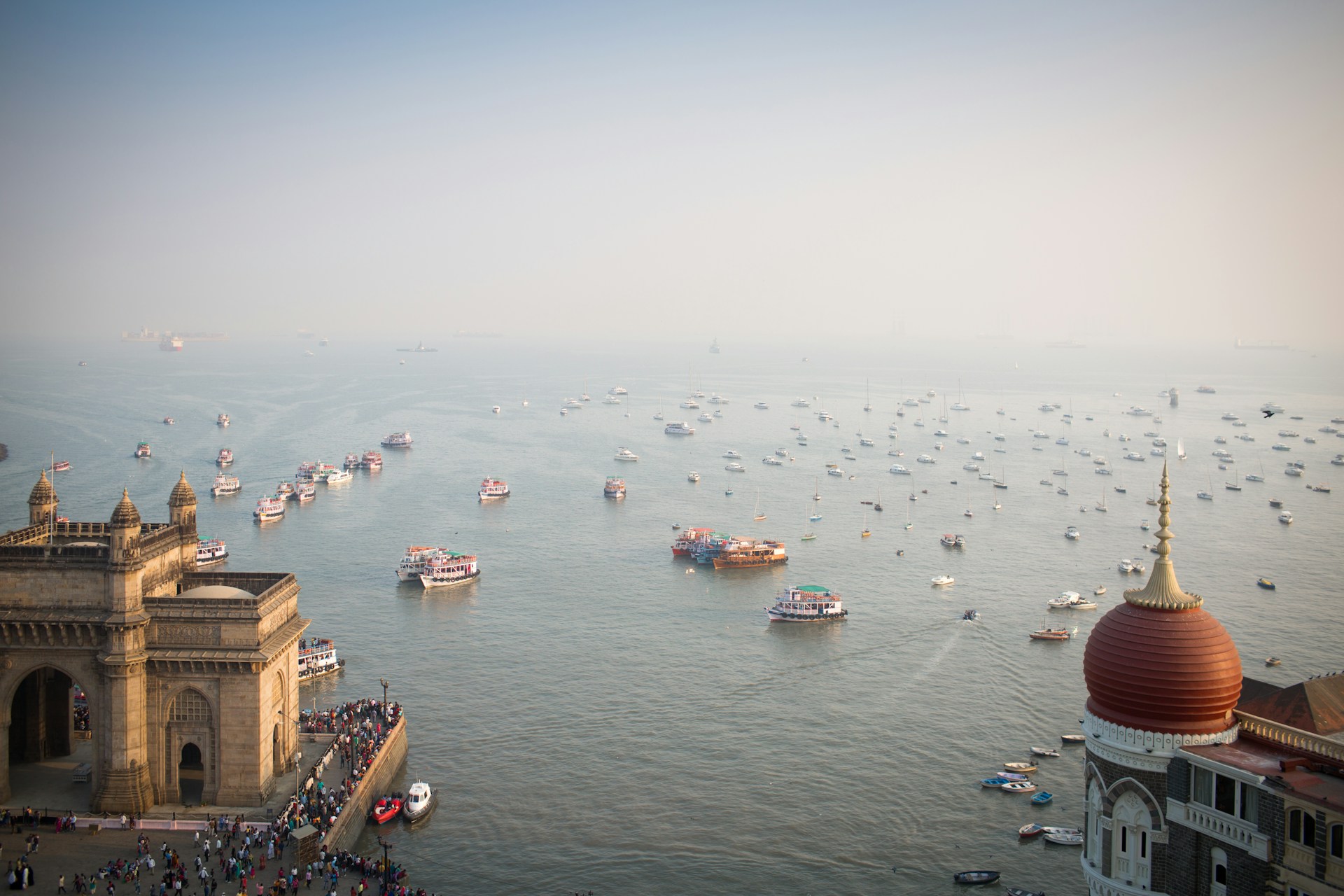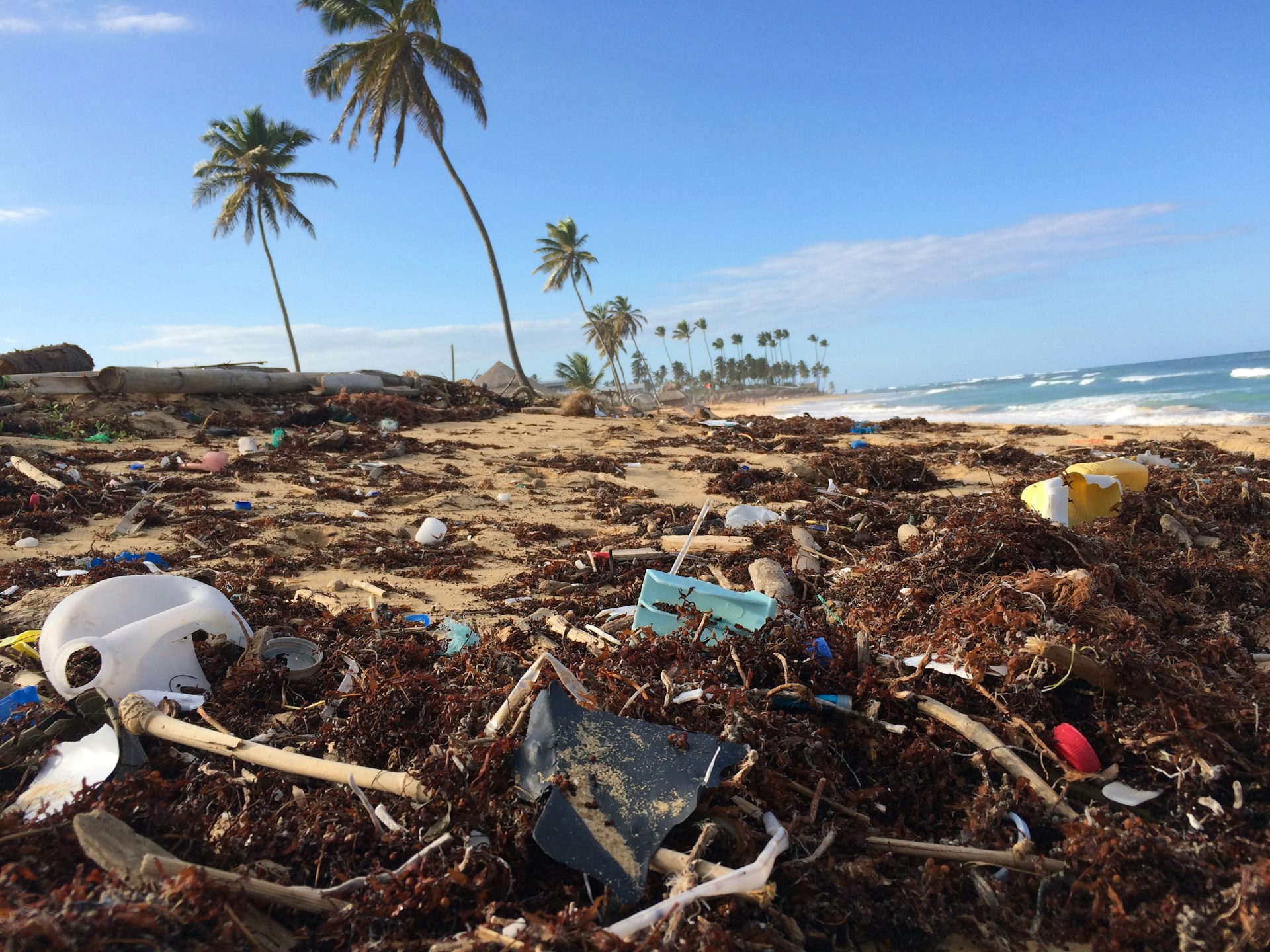New Practices of Waste Management
Mumbai is the largest metropolis of India, with a population of 16.37 million in 2001 within its urban agglomeration area (Mumbai Urban Agglomeration – MUA).
In the Municipal Corporation of Greater Mumbai (MCGB – or in the Marathi form, Brihanmumbai Mahanagar Palika, or BMC) area, the population was 11.92 million in 2001.
In 2004, the city’s population is expected to have increased to about 18 million, becoming the third largest mega city in the world and best practices of waste management were required.
The city (the MUA) has however observed a deceleration in its population growth rate in the decade of the 1990s, the growth rate coming down to 2.65 percent p.a. from 4.34 percent p.a. in the previous decade of the 1980s.
MUA’s population growth in the decade of 1990s was lower than all of India’s urbanization rates of 2.75 percent.
Further, the BMC’s population growth rate has been 1.83 percent p.a., indicating an out-migration from the BMC area to the urban agglomeration areas.
Mumbai is the capital of Maharashtra State and the financial capital of the country.
The city, once a leading industrial center has now become a tertiary economy, with just one-third of the male workers and one-fifth of the female workers employed in the secondary sector (manufacturing and construction) in 1999-00 as per the data from National Sample Survey (NSS) (from Mahadevia 2005).
The rest of the workers are in the tertiary sector. However, less than 20 percent of the male workers this year are employed in the higher-end tertiary sector (based on Mahadevia 2005), indicating a predominance of low-end jobs in the tertiary sector in the city, indicating poor income levels.
BMC area is divided into two major geographic divisions. One is the island city, which is a strip of 24 sq km and the other is the suburban area, north of the island city.
Mahim Creek separates the two, a creek that is getting gradually filled up because of indiscriminate land developments by the builders as well as planning agencies.

Current Practices of Waste Management
1. Street Sweeping and Collection of Wastes
In Mumbai, the practices of waste management includes manual sweeping of all the public roads on a day-to-day basis.
In selected areas such as the arterial roads and the main station roads, sweeping is carried out during the night hours.
The total length of streets in Mumbai is 1,800 km. To successfully cover the entire length, the area is divided into ‘beats’.
The beat area is about 5 4,000-5,000 sq. m. for the city area and 8,000-10,000 sq. m. for the suburban areas.
A pair of sweepers is assigned a single beat, therefore street sweeping and waste collection is a fundamental part of the practices of waste management in Mumbai.
2. Collection and Temporary Storage of Solid Waste
In view of the MSW Rules of 2004, the MCGM has issued notices u/s 368 of MMC Act. as a practices of waste management.
The notice talks about public awareness programmes for understanding the importance of waste segregation at source.
For effective implementation, MCGM has also proposed to charge fines. It has also proposed to propagate the concept of “Advance Locality Management” (ALM) scheme, which is at present being implemented by a population of 3.27 million throughout the city (Jain 2004).
3. Removal and Transportation of Waste
The centre or main business district of Mumbai is at the southern end of the peninsula and traffic conditions are very congested during the daytime.
From many parts of the city, a refuse collection truck can make only one journey to the disposal site in one shift.
Hence, this is an expensive part of the practices of waste management, vehicles making this journey carry maximum amounts of waste.
Since large vehicles are not suitable for waste collection within the city, waste has to be transferred from smaller collection vehicles to bulk transport vehicles to be taken to the disposal site.
4. Disposal of Municipal Solid Wastes
The Corporation disposes waste through landfill or land dumping method.
Under the current practices of waste management, at present there are 4 dumping sites in operation.
Waste is brought here from various locations throughout the city as well as from the TSs at Mahalaxmi and Kurla. Refuse and debris are levelled at these sites by means of bulldozers and landfill compactors.
The land filling carried out here is open dump tipping. At present there are 3 landfill sites in Mumbai.
Also read: URBAN POVERTY, POLLUTION AND ENVIRONMENTAL MANAGEMENT

